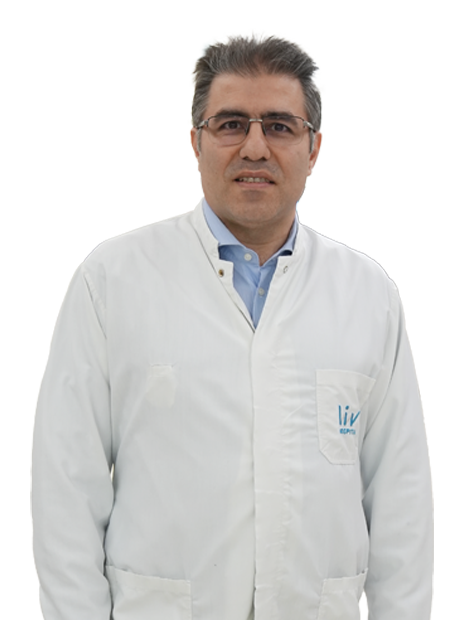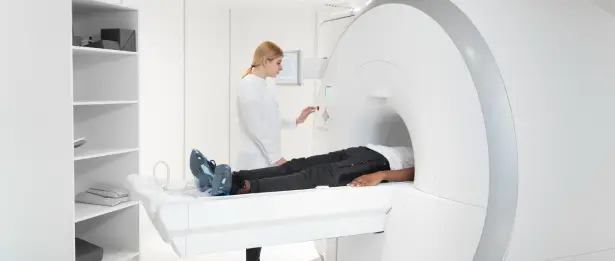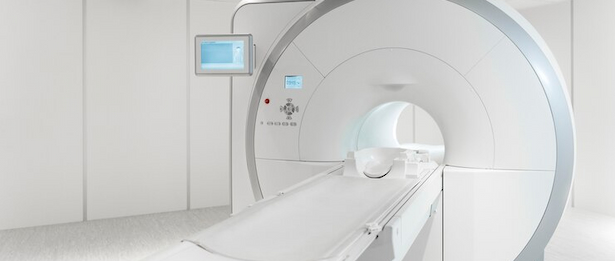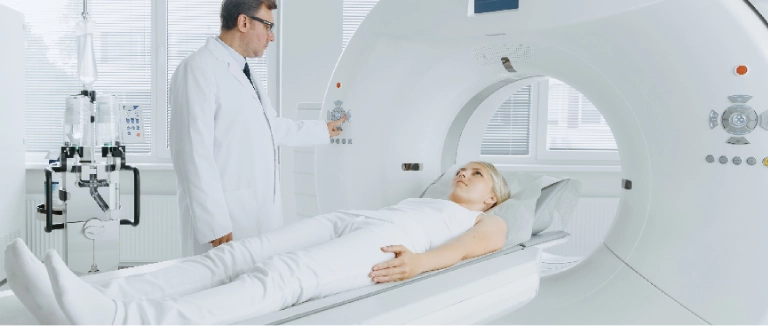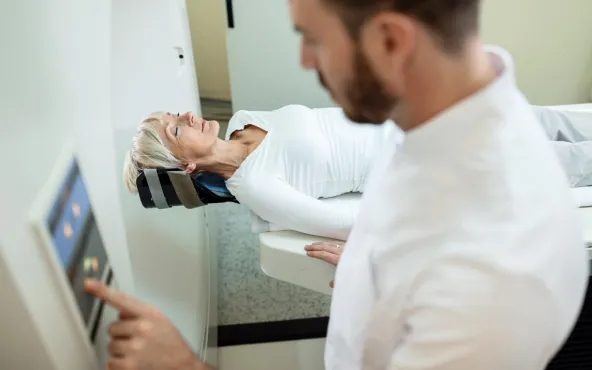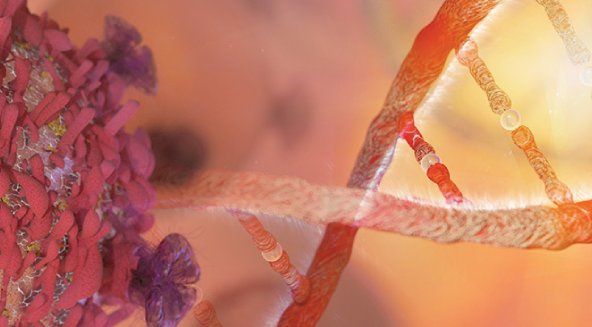Radiation Oncology: What It Is, How It Works, and When It’s Recommended
Radiation oncology is a medical field that uses targeted radiation to treat cancer and some noncancerous conditions. The goal is to destroy or control cancer cells while protecting healthy tissue. Today’s treatments are planned with advanced imaging and delivered by precise machines. Some people get radiation as their main treatment, while others have it before or after surgery, or with other therapies to improve results or relieve symptoms like pain or bleeding. Often, radiation helps keep organs functioning, reduces the risk of cancer recurrence, and improves quality of life.
What Is Radiation Oncology? The Basics and How It Helps Patients
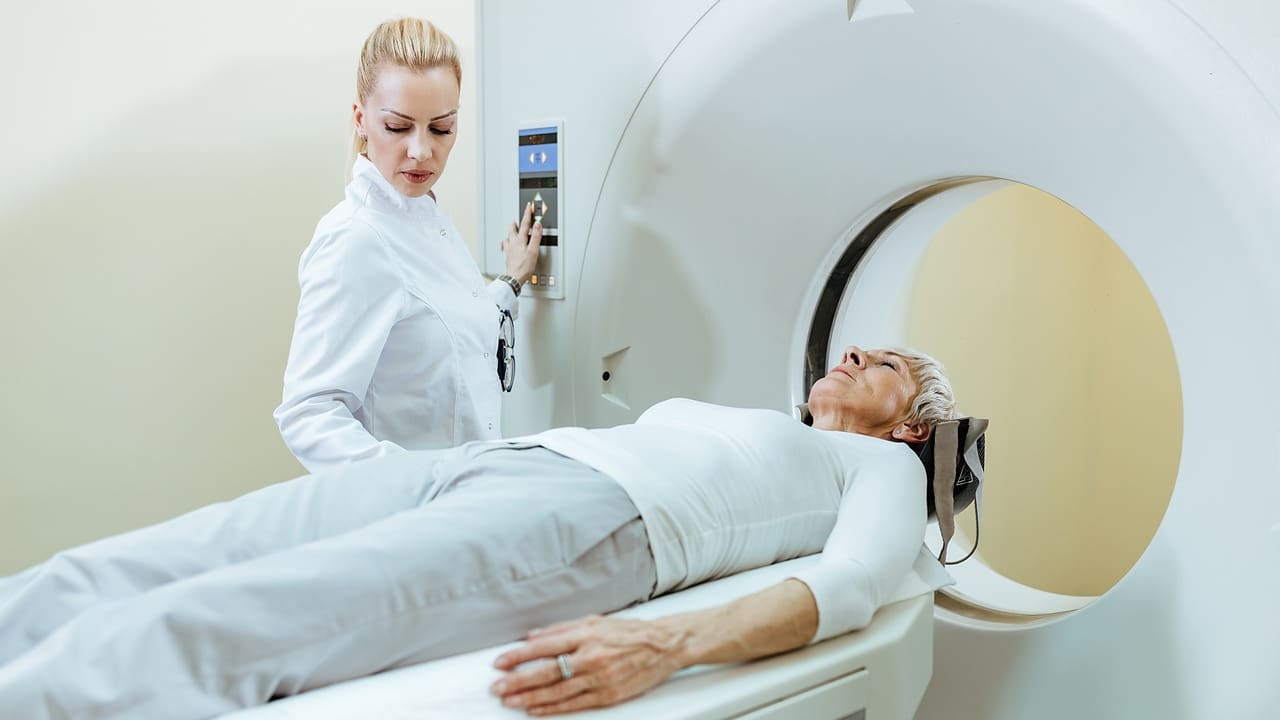
- Curing some cancers with radiation alone
- Reducing the risk of cancer coming back after surgery by treating any remaining cancer cells
- Shrinking tumors before surgery to make the operation easier
- Easing symptoms like pain, cough, bleeding, or pressure on nerves
- Safely managing slow-growing or hard-to-reach tumors
Radiation Oncology Treatments: External Beam, IMRT, IGRT, SBRT, and Brachytherapy

- External Beam Radiation Therapy (EBRT): The most common approach. Painless daily sessions deliver radiation from a machine outside the body, typically 10–20 minutes per visit.
- Intensity‑Modulated Radiation Therapy (IMRT): Shapes the dose to protect nearby healthy organs, useful for complex areas such as the head and neck or the pelvis.
- Image‑Guided Radiation Therapy (IGRT): Uses frequent imaging during treatment to verify alignment and keep beams on target.
- Stereotactic Body Radiation Therapy (SBRT) and Stereotactic Radiosurgery (SRS): Highly precise, high‑dose treatments in 1–5 sessions for select targets (e.g., lung, liver, spine, brain).
- Brachytherapy (Internal Radiation): Places radiation sources directly inside or next to the tumor; allows a high dose to the tumor with rapid fall‑off to protect surrounding tissue.
Radiation Oncology Simulation: How We Plan Your Treatment Safely

- Positioning: You will be placed in a comfortable position that can be repeated for each session.
- CT Simulation: A special CT scan will take pictures of the area that needs treatment.
- Immobilization: Custom devices, like a mask for your head and neck or a body mold, help you stay in the same position each day.
- Skin Marks or Stickers: Small marks or stickers are used to help line you up the same way each day.
- Behind the scenes, your care team marks the tumor and nearby organs on your scan, figures out the right dose, and checks everything for safety.
Radiation Oncology Machines and LINAC: How Technology Targets Tumors

Most external beam treatments use a machine called a linear accelerator, or LINAC. This machine makes high-energy beams that are shaped to match the tumor. Patients often notice the following features:
* A part of the machine called the gantry rotates around you to send beams from different directions.
* The machine has built-in imaging, like X-rays or cone-beam CT, to help guide and check the treatment.
* Motion management tools, such as breath-hold or gating, help time the beam with your breathing to protect your heart and lungs. Some systems can track tumor movement or deliver very precise treatments when needed.
Oncology Radiation Therapy Side Effects: What to Expect and How to Manage Them
Side effects depend on which part of the body is treated, the total dose, and your individual health. Most side effects are temporary and can be managed.
Common effects:
- Fatigue: Often builds gradually, then improves after treatment ends. Light activity, hydration, and good sleep help.
- Skin Changes: Redness, dryness, or tanning in the treatment field. Use gentle moisturizers and protect from sun exposure.
- Hair Loss in the Field: Only where radiation is delivered.
- Swelling or Inflammation: Can cause temporary discomfort; medications and supportive care help.
- Appetite or Nausea: These are more common when the abdomen is treated. Eating small, frequent meals and using anti-nausea strategies can help. Here are some area-specific examples:
- Head/Neck: Dry mouth, taste changes, sore throat; mouth care and hydration are key.
- Chest: Cough or mild esophagitis; soft foods and antacids can ease symptoms.
- Abdomen/Pelvis: Bowel changes or bladder irritation; diet and hydration adjustments help.
- Brain (SRS/SRT): Temporary headaches or fatigue; your team advises on supportive care.
Radiation Oncology Side Effects in Breast Cancer: Short‑ and Long‑Term Considerations
- In the short term, you might experience skin redness or mild peeling, some swelling or tenderness, and feeling more tired than usual.
- In the medium term, your skin may look tanned or feel firmer, but this usually improves over time.
- For the long term, there is a small chance of tightness, occasional rib discomfort, or swelling called lymphedema, especially if your lymph nodes are treated. It is also important to protect your heart and lungs during treatment.
- Techniques like deep-inspiration breath hold (DIBH), IMRT, and IGRT are used to help limit radiation exposure to your heart and lungs, especially for left-sided treatments. Here are some tips for self-care:
- Use gentle, fragrance-free moisturizers on your skin.
- If your skin feels sensitive, try wearing soft bras without underwires.
- Staying active with light walking can help boost your energy and mood.
Radiation Oncology Mask and Immobilization: Comfort, Safety, and Precision

A custom mask for head and neck treatments helps keep you still and comfortable, ensuring accurate treatment. The mask is non-invasive, made from a breathable material, and created in just a few minutes during your planning visit.
Key points:
* You can breathe normally through the mask.
* It’s snug but shouldn’t be painful. If you have claustrophobia, let your team know. They can offer comfort strategies and calming techniques. Immobilization of the chest, abdomen, or limbs also focuses on comfort and on keeping your position stable for safe, precise treatment.
Radiation Oncology Treatment Steps: From Consultation to Follow-Up
- We will review your medical history, imaging, and treatment goals. We will also talk about the benefits, risks, possible side effects, your treatment schedule, and what results you can expect.
- You will have a CT scan to help plan your treatment. We will use special supports to help you stay still and place small marks to guide your positioning.
- Your care team will design a treatment plan using the most suitable method, such as 3D-CRT, IMRT/IGRT, or SBRT.
- We will perform safety checks to make sure everything is ready before your first treatment session.
- You will have daily treatment sessions that do not cause pain. Our therapists will help you get into position, check your alignment with imaging, and then deliver your treatment dose.
- We will check in with you regularly to help manage any symptoms and answer your questions.
- After treatment, you will get a summary of what was treated and what to look out for. We will also schedule follow-up visits and imaging as needed.
Personalized Radiation Oncology: Tailoring Therapy to Your Needs
Each treatment plan is personalized:
- Target volumes defined by your unique imaging and anatomy
- Dose and schedule matched to tumor behavior and your goals.
- Motion management (breath‑hold, gating) to protect moving organs
- SBRT or brachytherapy is used when small targets or specific locations benefit from higher precision
- Symptom-focused strategies are used when comfort and function are most important. This personalized approach helps make treatment effective with fewer side effects.
Radiation Oncology Services at a Clinic: What Patients Can Access
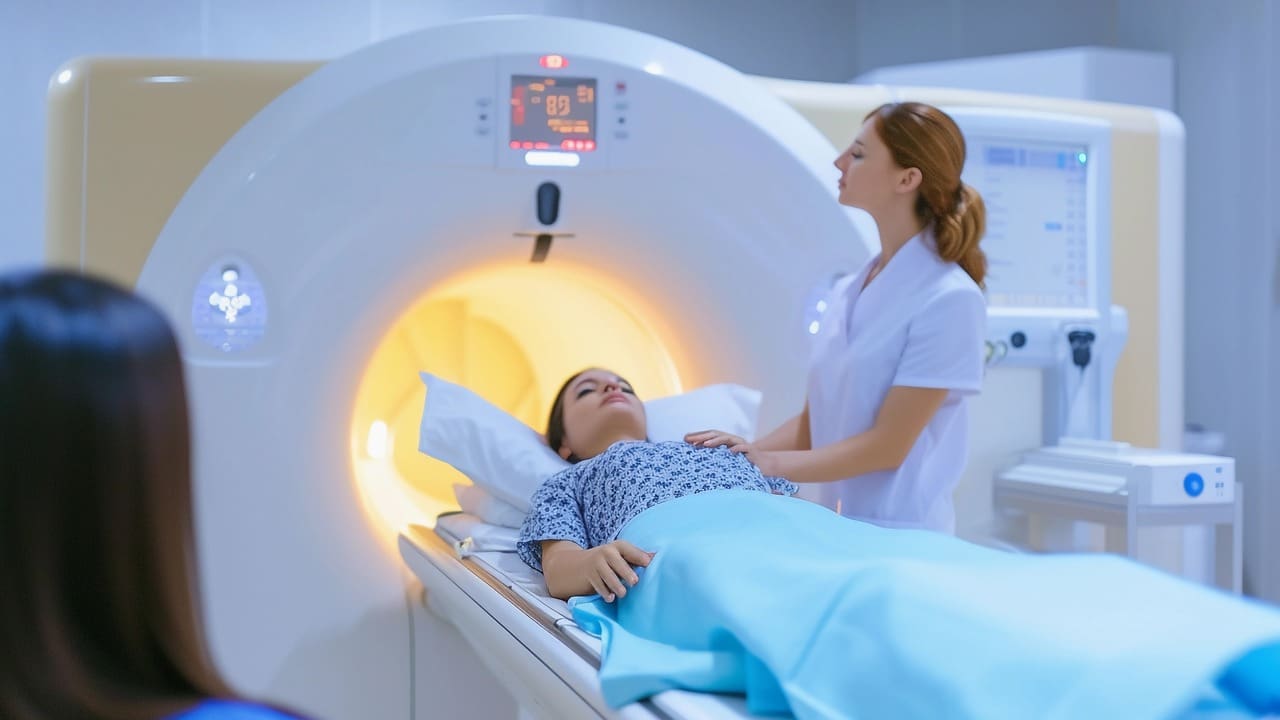
Comprehensive services commonly include:
- Consultation and second opinions
- Advanced planning with CT simulation and IGRT
- External beam treatments (3D‑CRT, IMRT, SBRT/SRS)
- Brachytherapy for select cases
- Symptom management: skin care, nutrition guidance, fatigue support
- Coordination with surgical and medical oncology
- Counseling, social work, and survivorship resources
- PET/CT-guided planning and follow-up imaging are available when needed. The goal is to provide safe, timely, and compassionate care all in one place.
Radiation Oncology and PET/CT: Imaging That Guides Targeted Care
PET/CT can identify active tumor areas that need treatment and areas to avoid. Benefits include:
• Enhancing tumor visibility for accurate targeting
• Reducing and helping assess response after therapy when needed. Your team uses PET/CT only when it will improve precision and tries to avoid unnecessary tests. minimizing extra testing.
Liv Hospital Radiation Oncology
Individualized cancer treatment
Maximum protection in healthy tissues
Advantages of the Versa-HD Hexapod Device in Radiotherapy
Frequently Asked Questions for Radiation Oncology
How will I know if it’s working?
Your team tracks symptoms, performs exams, and may order follow‑up imaging at appropriate intervals to assess response.
Can I continue normal activities during treatment?
Many patients continue daily routines with adjustments for fatigue. Light activity, hydration, and good sleep are encouraged.
What is a LINAC machine?
A linear accelerator produces high‑energy beams shaped to your tumor, rotates around you for multiple angles, and uses on‑board imaging for accuracy.
What happens during a radiation oncology simulation?
It’s a planning visit with a CT scan in treatment position, small alignment marks or stickers, and custom supports (like a mask or body mold) for daily reproducibility.
What are IMRT, IGRT, and SBRT?
IMRT shapes the dose to spare healthy organs; IGRT uses imaging during treatment to maintain precise alignment; SBRT delivers highly focused, high‑dose treatments in 1–5 sessions for select targets.
What side effects should I expect?
Common effects include fatigue and skin changes in the treated area. Area‑specific effects vary; your team provides a tailored plan to prevent and manage symptoms.
Will I be radioactive after treatment?
With external beam therapy, no, you are not radioactive. For temporary brachytherapy, your team provides short‑term safety guidance during source placement.
Is radiation therapy painful, or will I feel the beam?
The treatment is painless. You won’t feel the radiation; you simply lie still while the machine delivers the dose.
How does radiation therapy work?
It damages the DNA of cancer cells, causing them to stop dividing. Focused dose and careful planning allow tumor control while limiting effects on normal tissue.
What is radiation oncology?
Radiation oncology uses precisely targeted radiation to treat cancer, aiming to destroy or control cancer cells while protecting healthy tissue.
